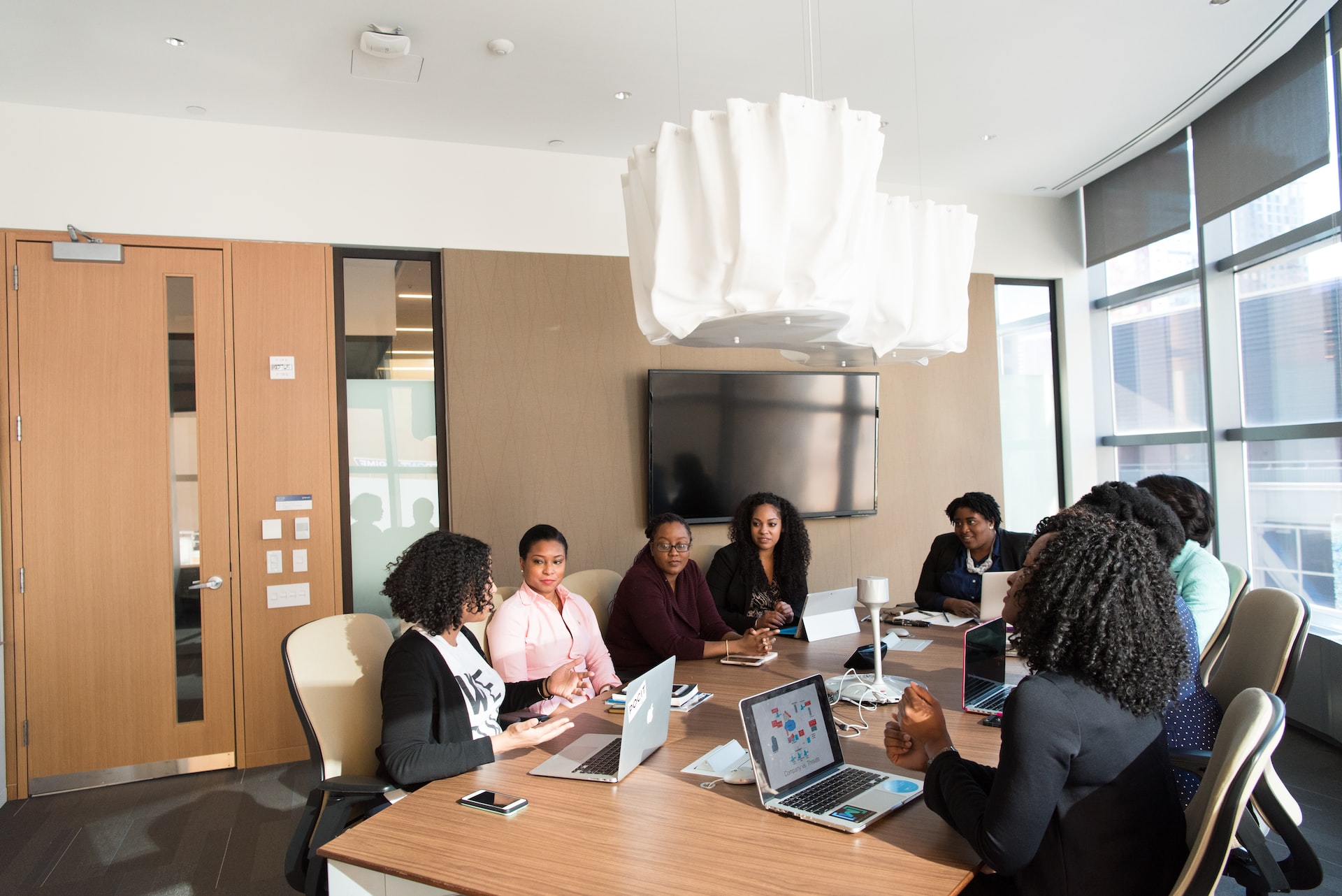Unmasking the A-Team: How Personality Tests Can Boost Collaboration
Let’s face it, building a dream team isn’t just about finding people with the right skills on paper. It’s about fostering an environment where those skills team session with a personality test can truly synergize. Here’s where personality tests step in, offering a powerful tool to delve deeper and unlock the collaborative potential within your team.

Beyond the Resume: Understanding Personalities
Forget stereotypes – personality tests aren’t about labeling people. They provide valuable insights into how individuals naturally approach work and interact with others. Popular tests like DiSC or The Big Five explore preferences in areas like:
- Dominance: How someone asserts themselves (assertive vs. accommodating).
- Influence: How someone interacts with others (direct vs. indirect).
- Steadiness: How someone approaches tasks and change (structured vs. flexible).
- Conscientiousness: How someone prioritizes and manages details (organized vs. easygoing).
- Openness to Experience: How someone thrives in new situations (analytical vs. creative).
By understanding these preferences across the team, you can create a collaborative environment that leverages everyone’s strengths and minimizes friction. Imagine an analytical “thinker” working alongside a creative “idea generator,” pushing each other to new heights.
Planning for a Powerful Session
1. Choosing the Right Test: Select a well-respected test that aligns with your team’s goals. Consider team size, work style, and desired outcomes (e.g., communication improvement, conflict resolution).
2. Pre-Session Transparency: Inform your team about the session’s purpose and the specific test. Emphasize that this is about understanding strengths, not weaknesses.
3. Setting Ground Rules: Create a comfortable space for open discussion. Remind everyone that everyone has valuable traits and there are “no bad” results.
The Team Session: A Collaborative Journey
1. Individual Exploration: Allow team members to review their results individually. Encourage reflection on traits that resonate and may explain their working styles.
2. Group Discussion: Facilitate a discussion where team members share key takeaways from their results. How do their preferred styles impact their roles and contributions?
3. Mapping the Team Dynamic: Analyze the overall team composition through the lens of the test framework. Discuss how a mix of personalities can be a strength – for example, detail-oriented individuals working alongside “big-picture” thinkers.
4. Building on Strengths: Brainstorm ways to leverage each member’s natural strengths. This could involve assigning tasks based on preferences or adjusting meeting structures to include quieter voices.
5. Putting Insights into Action: Develop action plans to utilize these discoveries. This could involve assigning a “devil’s advocate” role in brainstorming sessions or setting communication guidelines based on different communication styles.
Beyond the Session: A Lasting Impact
The benefits of the team session should extend far beyond the initial meeting:
-
Ongoing Communication: Encourage team members to refer back to personality insights during discussions or project planning.
-
Celebrating Diversity: Recognize and value the unique perspectives each member brings to the table.
-
Continuous Evolution: Use the initial session as a springboard for further team building exercises that strengthen bonds and trust.
Conclusion: Unlocking the Full Potential
Utilizing personality tests in a facilitated team session is an investment in your team’s success. By understanding each other’s natural preferences, you foster a more cohesive and productive unit. Remember, this is an ongoing process. As your team grows and evolves, revisit these insights to keep your team functioning at its peak.
Bonus Tips:
- Consider engaging a certified facilitator to ensure objective discussions and maximize the session’s impact.
- Remember, personality tests are just one piece of the puzzle. Combine these insights with your team’s experience for a complete picture.
- Most importantly, use these discoveries to create a culture that appreciates individual differences and fosters a truly successful collaborative environment.
